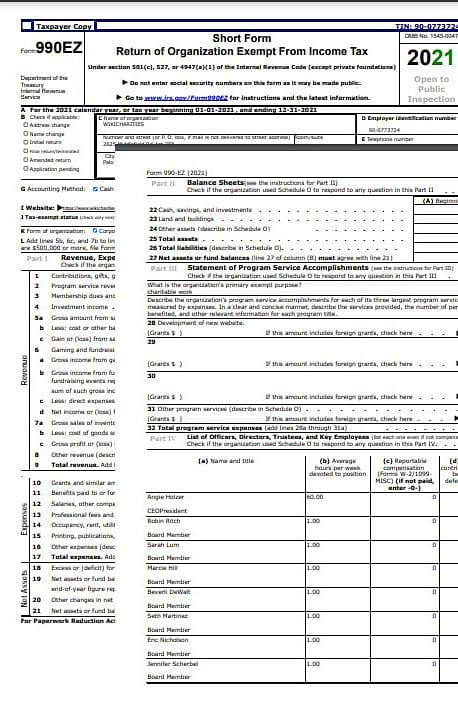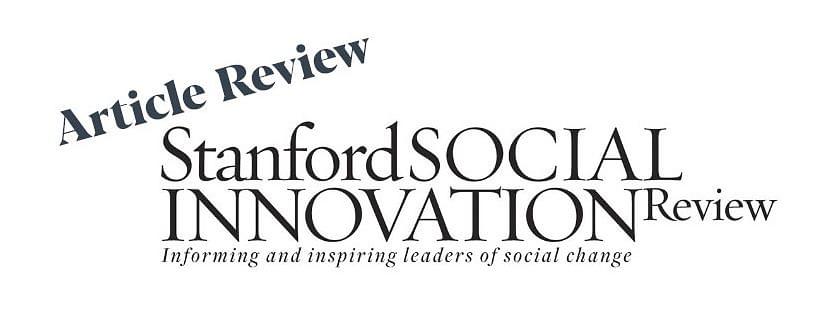Importance of Improving Transparency
This article starts out by talking about how the social sector has worked hard in expanding the transparency of nonprofits. A large part of this transparency is allowing the public to view a nonprofit's 990 form. Giving an expanded view of how funds are being used, who the leaders and decision makers are in the organization, and more. "For years, the vast universe of data collected by the US Internal Revenue Service (IRS) via Form 990—including information on nonprofit finances, the size and scope of the US nonprofit sector, the level of charitable giving, employment and volunteering, types of nonprofit activities, and nonprofit organizational and governance structures—was largely inaccessible to the public due to enormous costs and inefficiencies."
"The social sector is using big data to enhance nonprofit transparency and knowledge more than ever before, and the opening of the Form 990 has made an essential contribution."
In 2013, thanks to a lot of hard-working people and organizations, research was released, and a campaign was launched illustrating the critical need to have greater transparency and efficiency. "This led to a series of legal and policy victories, and ultimately to federal legislation in 2019 mandating electronic filing of all 990s and the release of this information in a publicly available, machine-readable format. The IRS is currently completing its rollout of the new law."
Radically Transparent
When we think about improving transparency, we need to be 'radically transparent', says Ray Dalio. "By radical transparency, I mean giving most everyone the ability to see most everything." - Ray Dalio, Principles. "To give people anything less than total transparency would make them vulnerable to others' spin and deny them the ability to figure things out for themselves. Radical transparency reduces harmful office politics and the risks of bad behavior because bad behavior is more likely to take place behind closed doors than out in the open." When we think about improving transparency in the nonprofit sector, giving up-to-date and consistent access to 990s is not only important, but it's essential to improving outcomes.
"By radical transparency, I mean giving most everyone the ability to see most everything."
Current Tools
As new tools are developed to help reduce fraud, help donors make more informed decisions, and create a place for the public where 990s are easily searchable, outcomes in the nonprofit sector will improve. Due to the hard work of so many organizations that have come before, WikiCharities aims to bring the world a new database and resource to improve nonprofit transparency.
WikiCharities is building a trusted global database for the nonprofit sector where all nonprofits will be searchable by name, location and topic. Each nonprofit will have their own profile page, allowing to be transparent with not only their 990s, but post up-to-date contact information, leadership team, connect social media platforms, share projects and project updates, and more. All fully transparent nonprofits can become validated, allowing for donors, volunteers, and supporters to trust the funds and time they give to the organization. Learn more about validation here.

Nonprofit Transparency
990 Form
In the U.S., most nonprofits are required to file an annual 990 form to the Internal Revenue Service (IRS). This filing could be anywhere from an e-file, which allows a smaller nonprofit to answer a few questions online about their status, to a more detailed 990 form (990EZ, 990N, 990PF) that requires an estimate of where funds are used, all board members, volunteer information, and more.
Read more about 990 Forms

